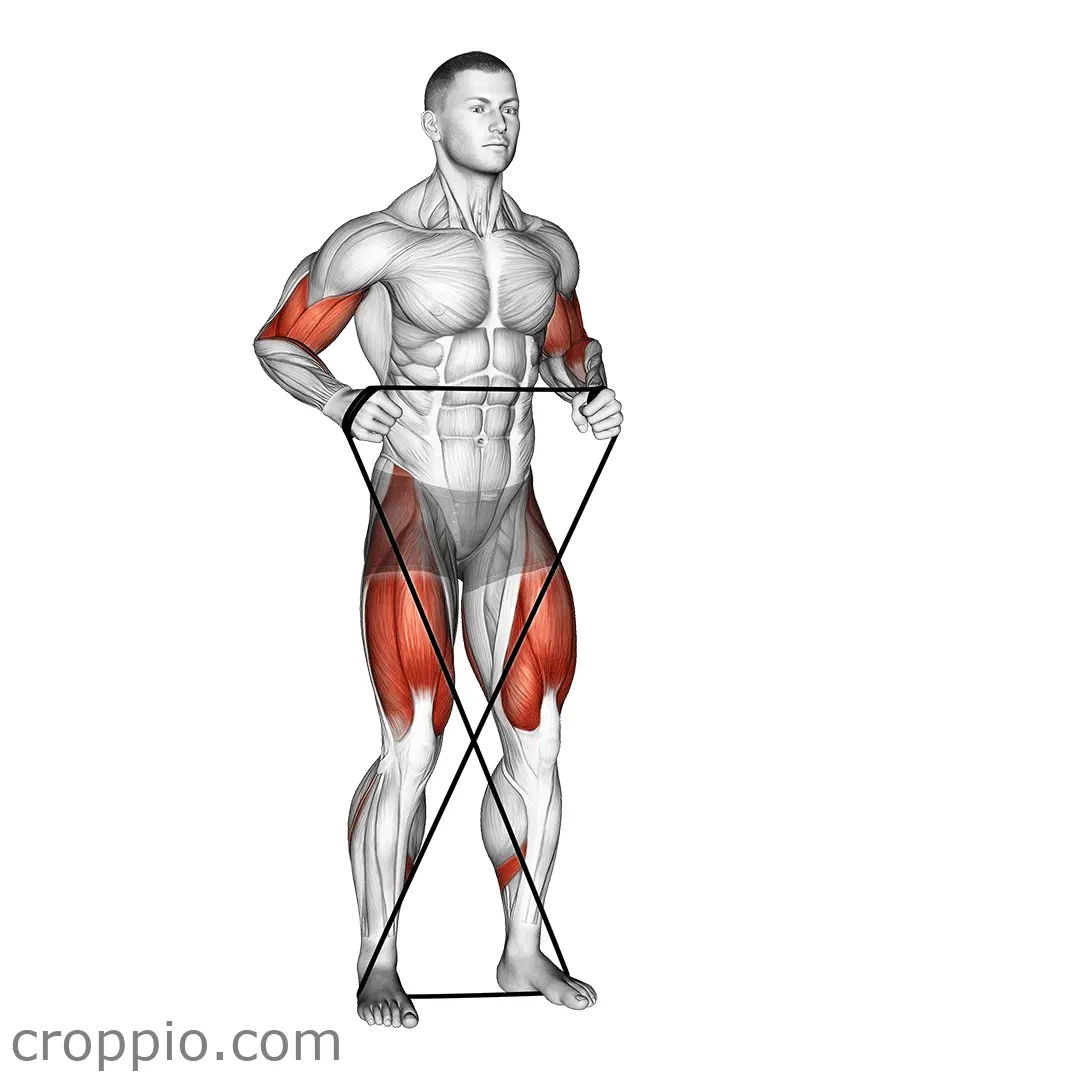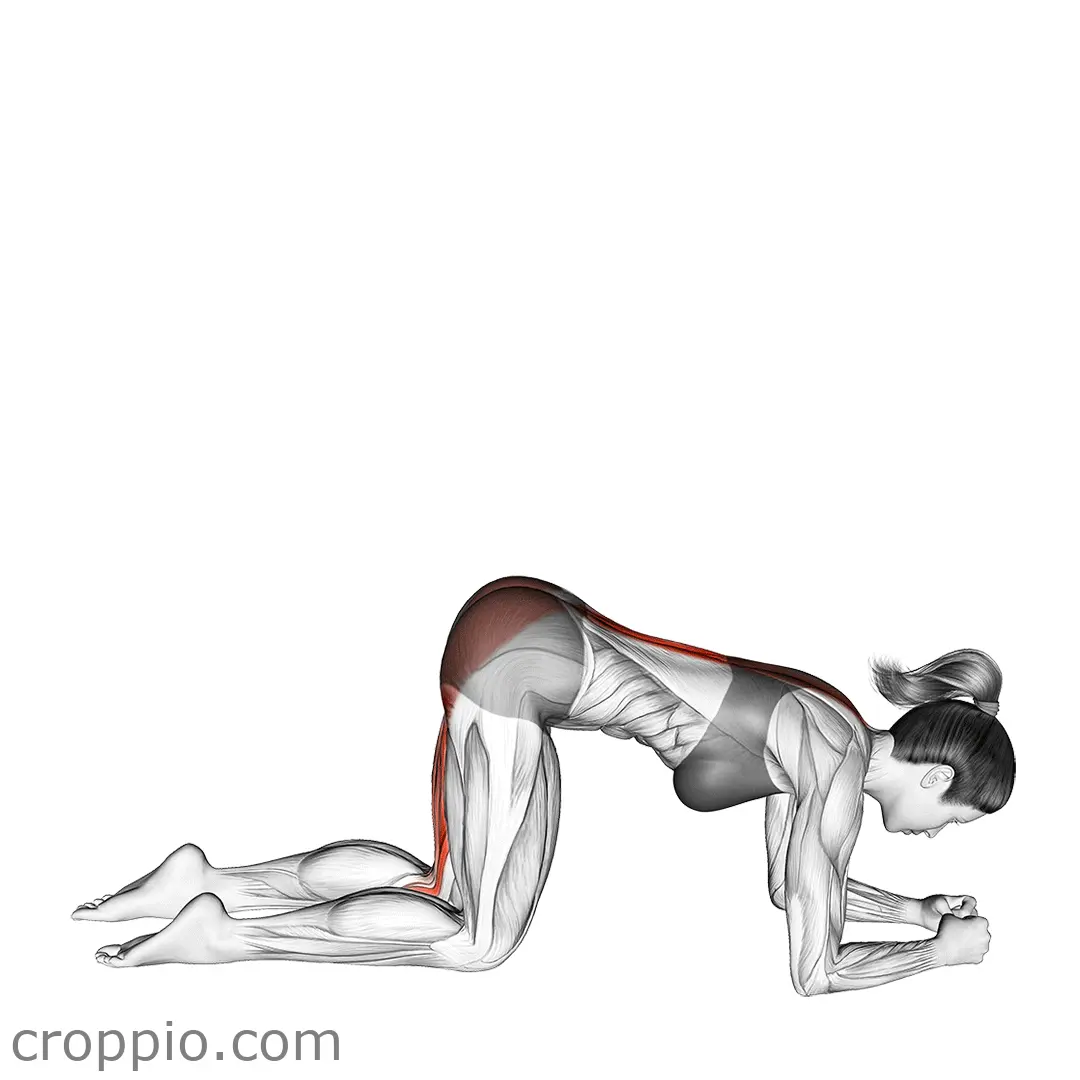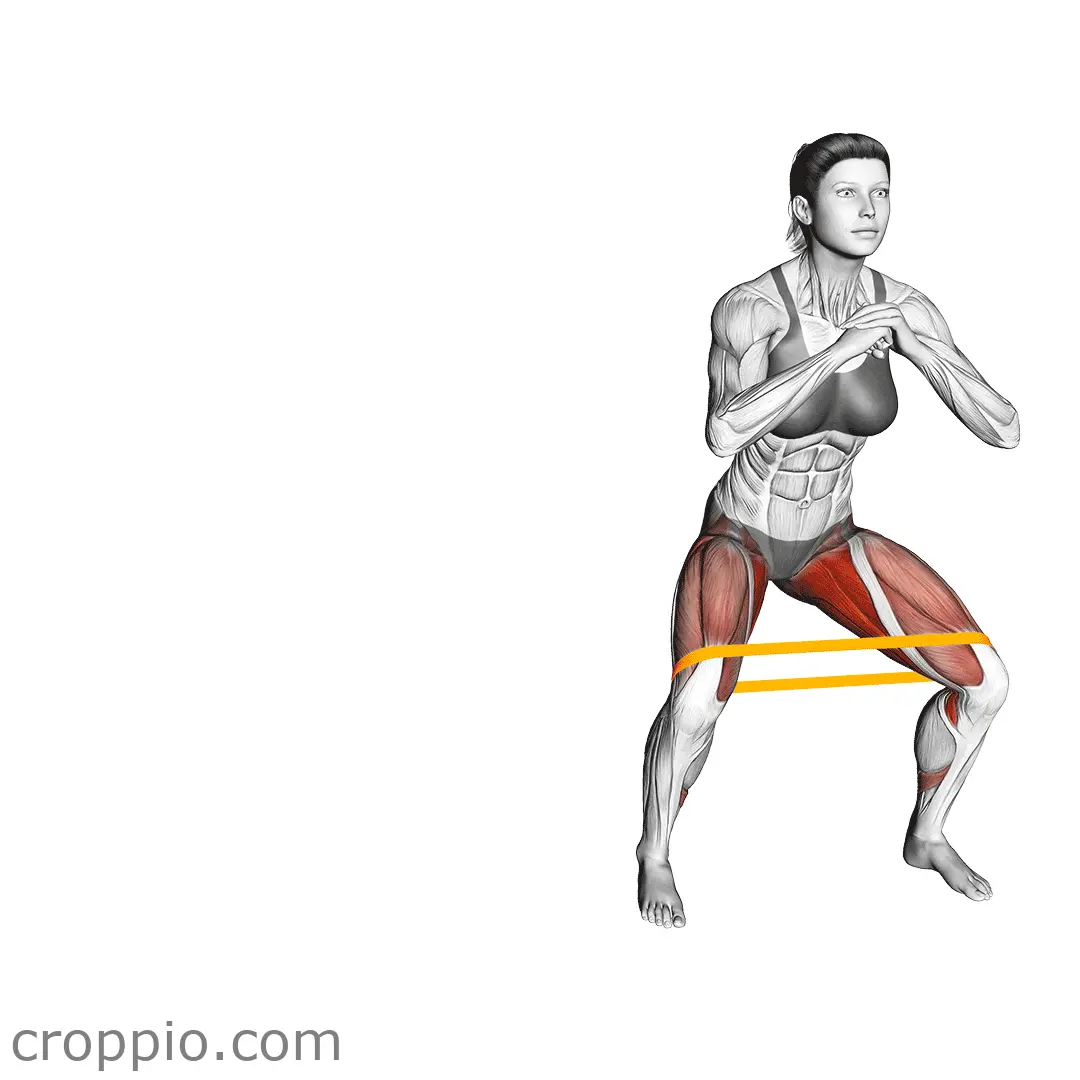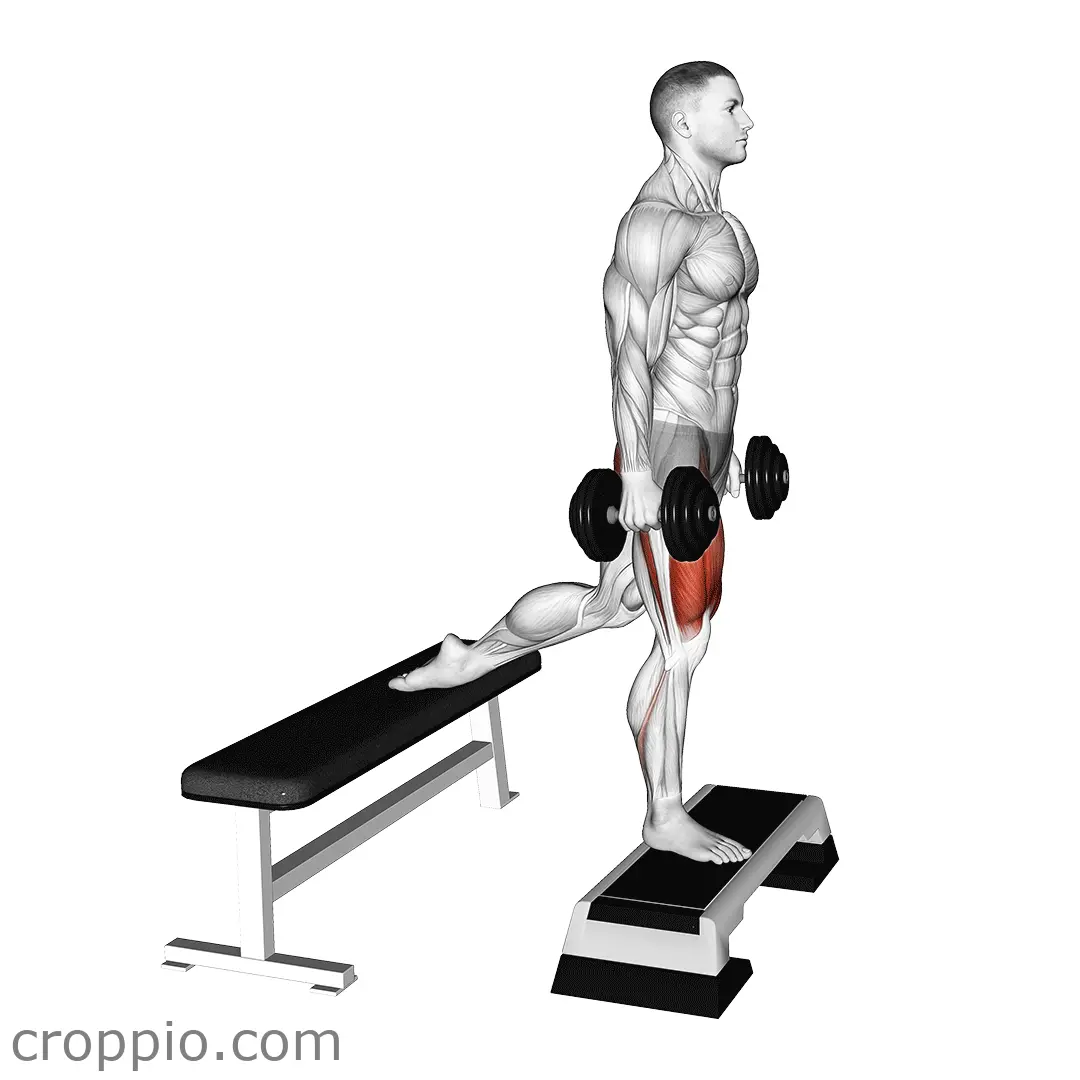Straight Leg Glute Bridge
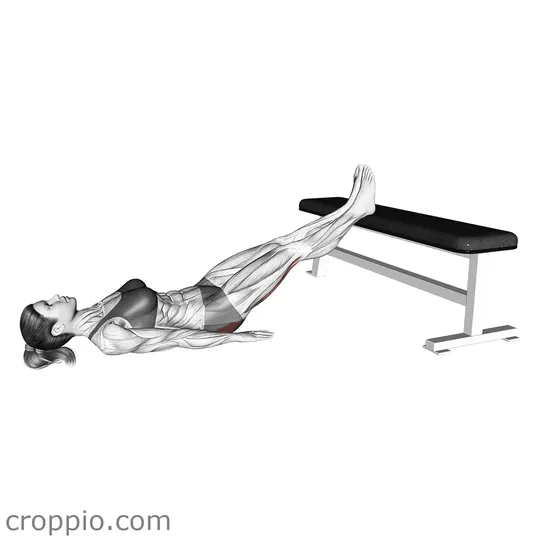
Muscles Involved
The straight leg glute bridge is a fantastic exercise primarily targeting the gluteus maximus, the largest muscle in the buttocks responsible for hip extension. This exercise also involves the hamstrings, which help bend the knee and assist in hip extension when the legs are straight. Additionally, secondary muscles engaged during this movement include the lower back (erector spinae), abdominal muscles (rectus abdominis and obliques), and the calf muscles, helping to stabilize the body throughout the lift. As a result, this exercise not only builds strength in the posterior chain but also aids in improving core stability.
Top Mistakes
- Arching the lower back: Maintaining a neutral spine is crucial, as excessive arching can lead to lower back strain.
- Using momentum: Relying on momentum to lift the hips diminishes the effectiveness of the exercise. Focus on controlled movements.
- Incorrect foot positioning: Placing the feet too far away or too close can strain the knees and reduce muscle activation.
- Neglecting the glutes: Allowing other muscles to take over during the exercise can prevent full glute activation, defeating the purpose of the exercise.
Execution Tips
To perform the straight leg glute bridge correctly, start by lying flat on your back with your arms at your sides and your legs extended straight in front of you. Engage your core by drawing your belly button towards your spine. Ensure your feet are hip-width apart, and your heels are a few inches away from your glutes. As you exhale, squeeze your glutes to raise your hips off the ground while keeping your legs straight. Hold the bridge position at the top for a moment, feeling the contraction in your glutes, then lower your hips back down with control. Repeat the movement, focusing on keeping your spine neutral throughout.
Workouts
Incorporating the straight leg glute bridge into your workout routine can be highly beneficial. Aim for 3-4 sets of 10-15 repetitions, allowing for rest between sets. You can pair it with complementary exercises such as squats, lunges, or deadlifts for a comprehensive lower body workout. To increase intensity, consider adding a resistance band around your thighs or holding a weight on your hips while performing the exercise.
Conclusion
The straight leg glute bridge is a powerful exercise that builds strength in the glutes, hamstrings, and core. By avoiding common mistakes and focusing on proper execution, you can achieve better muscle activation and enhance overall stability. Incorporating this exercise into your fitness routine not only helps in toning the lower body but also promotes improved posture and reduces the risk of lower back injuries.
